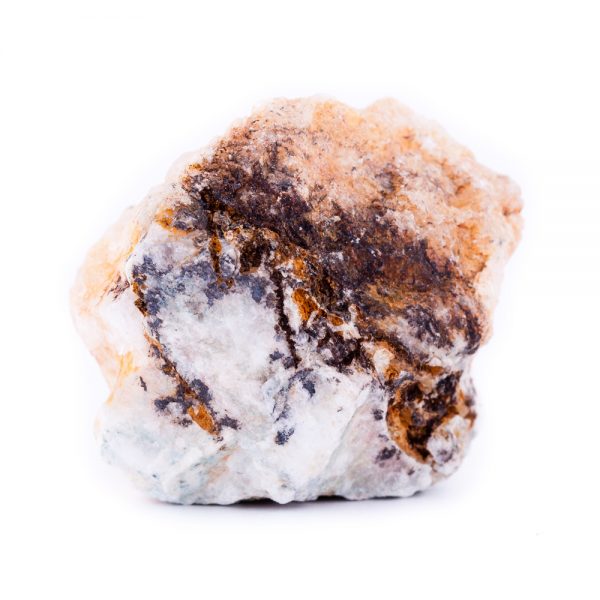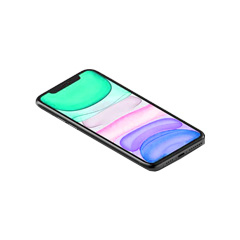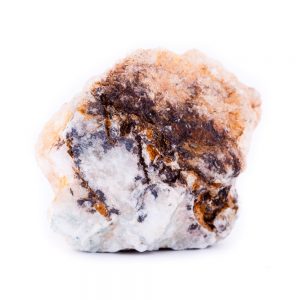EXTRACTION TO E-WASTE: THE LITHIUM-ION BATTERY SUPPLY CHAIN
Safe and sustainable cities will depend on lithium-ion batteries to power our vehicles, store renewable energy, build smarter connected cities, and keep us connected through mobile phones. But what are the costs? Where do batteries come from before we get them, and where do they go once they are used? What are the hidden dangers and what can we do about the problem of e-waste?
Take the journey of a lithium-ion battery, like the one in your phone, from extraction to e-waste to understand what the risks are and what we can do about them.
Teacher Guide (PDF 2MBS)
Student Guide (PDF 2MBS)
Student Reading: On The Mark (PDF 11MBS)
Age Group
Middle School
Category
Environmental and Human Health
- Physical Science: Matter and Its Interactions
- Life Science: Ecosystems: Interactions, Energy, and Dynamics
- Earth Science: Earth and Human Activity
- ETS1 Engineering Design
What this module contains:
Just like all products, lithium-ion batteries follow a supply chain – a series of steps starting with raw materials and resulting in a product delivered to the end user, or you! E-waste (electronic waste) is a result of the supply chain moving in one direction from extraction to disposal.
Historically, this sequence is seen as a chain where each link is connected in a specific linear order; each step in the chain supplies the next. To understand this sequence, we will explore the following:
Batteries and Safe Cities
In this section, explore the parts of a lithium-ion battery and how the battery works to understand the phenomenon of thermal runaway – the biggest risk associated with lithium-ion energy.

Resource Extraction
In this section, examine the raw materials that are mined to create a lithium-ion cell, including the methods used to extract and refine these resources.

Manufacturing
A battery is defined as one or more cells in an electrical circuit. In this section, explore how lithium-ion battery cells are made and investigate some of the risks involved in this step of the supply chain.

Transportation
Once lithium-ion cells are completed, they must be shipped for the next step of the journey – to the factories that make the mobile phones. In this section, discover the challenges for safety scientists, cargo carriers, and manufacturers including the safest way to package and ship lithium-ion batteries.

Product
Mobile phones are built from many individual parts made all over the world. How do mobile phones with their batteries finally come to us at a size that slips into our pockets?

Disposal
More than 2 billion people own a smartphone and that number is expected to increase. Those 2 billion smartphone users upgrade to a new phone roughly every 11-24 months. In this section, investigate what happens to all of those used phones.
Solutions
Lithium-ion batteries power our lives. This dependence will only increase as new technologies require lightweight, powerful energy supplies. With benefits come challenges. And with challenges come opportunities to engineer solutions. What solutions can be engineered for these challenges? What are the trade-offs for light, powerful, pocket-sized energy?
As you explore the process of resource extraction to disposal, imagine how waste production would be different if we transformed our supply chain from a straight line to a circle. How can we change the ways our cities operate in order to affect this system and the ways we use energy? How can we design our actions to make these changes?
In this module, explore HOW the battery gets into your mobile phone and WHY this global chain makes lithium-ion power possible. You will also explore the trade-offs of lithium-ion power. What are the true costs of those batteries is when the time comes to trade up or dispose of your phone? How can we begin to solve the issue of e-waste?

